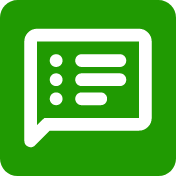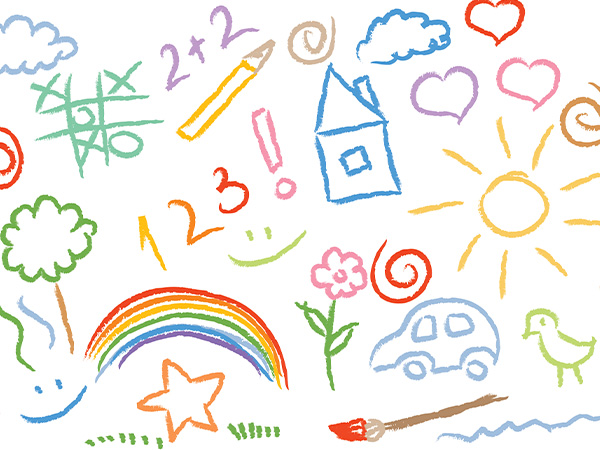Advanced Proficiency: Enhance vocabulary mastery by having students create multi-panel pictures that show different aspects or uses of each word from the text. For example, one panel might show the word’s basic meaning, another its use in the text, and another its related words or expressions. Have students add precise English captions explaining each panel. During reading, encourage students to note when words have multiple meanings or figurative uses, adding new panels to their picture glossary to show these variations. This support deepens understanding of nuanced vocabulary while maintaining strong visual connections to meaning. For younger students, focus on clear representation of single word meanings with simple captions. For older students, expand to include academic vocabulary with more complex meanings and relationships between words.






